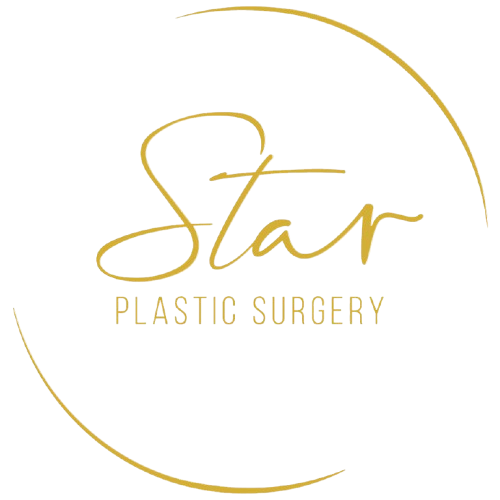If you’ve been considering abdominoplasty (i.e. a tummy tuck), you might have heard about muscle repair during a tummy tuck as part of the procedure.
Most patients seek a tummy tuck to remove excess fat and loose skin for a flatter stomach. They are a common component of a mommy makeover surgery.
In some cases, however, there’s also a need to repair the muscles of the abdominal wall.
Does Everyone Need Muscle Repair During a Tummy Tuck?
If you’re considering a tummy tuck but have sustained minimal damage to the abdominal wall, you may not need muscle repair.
The most common reason for muscle repair during a tummy tuck is to treat diastasis recti. This is a condition that occurs when the abdominal muscles in the stomach separate from one another. Not only does this leave noticeable physical changes, but it can cause discomfort as well.
One of the leading causes of diastasis recti is pregnancy. The tendon that holds the right and left abdominal walls together becomes overstretched from the growing baby pressing against it. Eventually, there’s a gap between the muscles.
Diastasis recti occurs in more than 60% of pregnancies. Many of these women experience healing within eight weeks after delivery. However, 40% are still experiencing the condition six months after having the baby. For them, muscle repair is a great solution.
It’s not just pregnant women who experience diastasis recti, however. Patients who have experienced excessive weight gain and then rapid weight loss over a short time can also experience a separation of the abdominal muscles.
Factors That Contribute to Diastasis Recti
Though daunting in name, diastasis recti by itself isn’t painful. But the condition of the muscles separating can lead to discomfort or pain in other parts of the body. Patients with diastasis recti speak of difficulty in lifting objects, poor posture, indigestion, urinary incontinence, and pain in the lower back, pelvis, or hips. In addition, there might be visible bulging above or below the belly button and a jelly-like feeling around the belly button.
Along with excessive weight gain and rapid weight loss, other factors that can increase the likelihood of diastasis recti include delivering vaginally, an abundance of amniotic fluid, carrying multiples, having multiple pregnancies in close succession, or delivering a larger-than-average baby.
The Muscle Repair Procedure and Benefits
Correcting damaged muscles during a tummy tuck is fairly straightforward. A board-certified plastic surgeon sutures the band of connective tissue between the separated abdominal muscles to pull them back together. It’s like a corset beneath the skin.
Reconstructing these muscles creates a strong and intact core that’s vital for supporting the trunk and holding the internal organs in place. Without this strong core, it becomes difficult to move correctly. The body gets thrown off balance and the back muscles have to take on more work. Muscle repair restores that stability.
It also provides better posture, improved digestion, reduced pain during intercourse, more effective workouts, a reduction in C-section scars, and, or course, a flatter stomach.
Improve Your Life With a Tummy Tuck
Muscle repair during a tummy tuck is about more than just getting a flatter stomach. (Though it’s a nice benefit!) It will help restore harmony in your body.
But even if you don’t need muscle repair, a tummy tuck can go a long way in boosting your confidence and helping you feel good about yourself.
So if you’re ready to discuss the possibility of a tummy tuck, contact us today. We’ll take the time to walk you through the options that will deliver the best results for you.

